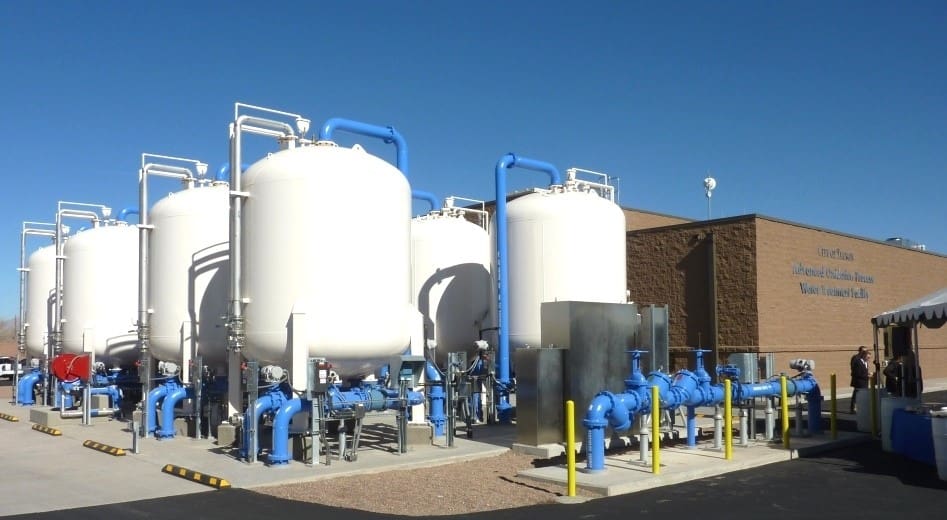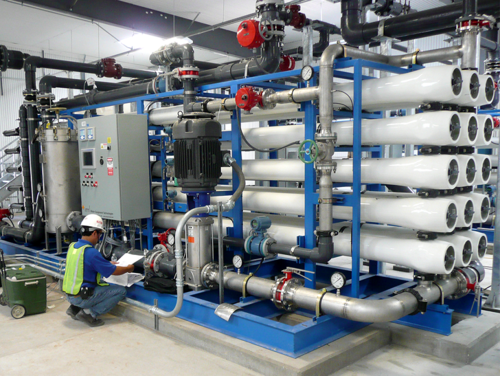The Future in PFAS Waste Management Methods for Sustainability
Advanced Approaches for Reliable PFAS Contamination Elimination
The persistent difficulty of PFAS contamination requires the exploration of advanced elimination methods that can efficiently address these unsafe materials. Ingenious modern technologies, such as advanced oxidation processes and different adsorption strategies, have actually emerged as promising solutions in mitigating PFAS from influenced atmospheres. Additionally, the role of regulative structures fit these modern technologies can not be overlooked, as they determine the speed and direction of remediation efforts. As we assess these sophisticated approaches, it ends up being important to evaluate their sensible applications and the wider implications for environmental wellness and plan.
Comprehending PFAS Qualities
Although per- and polyfluoroalkyl compounds (PFAS) have actually been commonly used in different commercial and consumer items as a result of their special homes, their persistence in the setting presents considerable obstacles to public wellness and security. PFAS are a group of synthetic chemicals defined by a carbon-fluorine bond, one of the strongest chemical bonds known, which adds to their exceptional stability and resistance to destruction. This stability allows PFAS to build up in the environment and living microorganisms, resulting in possible unfavorable health results.
The hydrophobic and oleophobic nature of PFAS makes them specifically effective in applications such as non-stick coverings, stain-resistant textiles, and firefighting foams. However, these very same buildings add to their ecological persistence, as PFAS do not conveniently break down with natural procedures. Moreover, their widespread use has actually led to ubiquitous contamination of water resources and soils, complicating removal efforts. Understanding the chemical residential properties of PFAS is essential for developing effective approaches to take care of and alleviate their ecological influence. The distinct attributes of these compounds demand a nuanced approach to resolve the obstacles postured by their existence in ecosystems and potential human direct exposure.
Innovative Removal Technologies
The persistence of PFAS in the setting has actually spurred the growth of cutting-edge removal modern technologies targeted at efficiently eliminating these impurities from affected ecosystems. Among the most encouraging methods are innovative oxidation processes (AOPs), which make use of powerful oxidants to break down PFAS compounds right into much less dangerous substances. AOPs can be tailored to target particular PFAS frameworks, enhancing their efficacy.
One more emerging modern technology is making use of adsorption media, such as triggered carbon and ion exchange resins, which can selectively capture PFAS from contaminated water. These materials have actually revealed significant removal effectiveness, although regular replacement and regrowth are required to maintain efficiency.
Membrane layer filtering techniques, consisting of reverse osmosis and nanofiltration, are also getting grip in PFAS remediation. These techniques can effectively divide PFAS from water, providing a practical service for treating infected resources. In addition, thermal treatment methods, such as incineration, can disintegrate PFAS into non-toxic by-products, though they require careful management to regulate exhausts.
Collectively, these cutting-edge remediation technologies stand for considerable advancements in the continuous fight versus Recommended Site PFAS contamination, using various strategies you can try these out to bring back afflicted settings and shield public health and wellness.

Bioremediation Strategies
Bioremediation strategies supply an encouraging approach to addressing PFAS contamination by taking advantage of the all-natural abilities of bacteria to deteriorate these consistent substances (m270 waste management). This technique includes using germs, fungis, and other microbes that can metabolize or transform PFAS compounds right into much less dangerous results
Recent developments in molecular biology and ecological microbiology have actually improved our understanding of microbial communities and their possible functions in PFAS deterioration. Scientists are proactively checking out certain pressures of germs, such as Pseudomonas and Bacillus, which have actually shown the capacity to damage down certain PFAS substances.
In situ bioremediation methods, where microbes are stimulated directly in polluted atmospheres, can be specifically effective. This approach frequently entails the application of nutrients or electron donors to promote microbial development and activity. Furthermore, ex-spouse situ techniques, such as bioreactors, permit controlled conditions that can optimize destruction rates.
Despite the guarantee of bioremediation, difficulties continue to be, consisting of the intricate nature of PFAS substances and the demand for extensive area screening - m270 waste management. Continued r & d will certainly be crucial to refine these strategies and assess their effectiveness in diverse ecological contexts
Adsorption and Filtering Methods
Addressing PFAS contamination often includes using adsorption and purification approaches, which are created to get rid of these relentless chemicals from water and dirt. Amongst the various techniques, turned on carbon adsorption is commonly used because of its high surface area and porosity, making it possible for effective capturing of PFAS molecules. Granular triggered carbon (GAC) systems are specifically preferred for treating big volumes of contaminated water, while powdered triggered carbon (POLITICAL ACTION COMMITTEE) can be used for smaller-scale find applications.
Ion exchange resins also reveal promise in PFAS removal, operating by trading PFAS ions with less hazardous ions in the water. This method has actually demonstrated efficiency in concentrating PFAS compounds, promoting their subsequent removal. Furthermore, membrane filtration strategies, such as reverse osmosis and nanofiltration, operate by using semi-permeable membranes to different PFAS from water, properly lowering their focus.
While these approaches are efficient, they have to be carefully picked based upon the particular PFAS compounds present and the ecological context. Continual improvements in materials science and design are resulting in the growth of novel adsorbents and filtering systems that enhance removal performances and reduce operational prices, thereby boosting overall remediation efforts.
Regulatory and Policy Considerations
Exactly how can efficient governing frameworks enhance the administration of PFAS contamination? Thorough plans are important to ensure a coordinated and durable reaction to the obstacles posed by per- and polyfluoroalkyl compounds (PFAS) Rules can establish clear standards for monitoring, reporting, and remediating PFAS-contaminated websites, cultivating accountability among sectors and public entities. (m270 waste management)

Additionally, monetary motivations and grants can be integrated right into policies to motivate the fostering of advanced remediation innovations. Policymakers need to also prioritize research study and advancement, guaranteeing that emerging approaches for PFAS elimination are verified and carried out efficiently.
In addition, public understanding and engagement are essential components of any regulatory technique, equipping neighborhoods to support for their health and wellness. Eventually, a well-structured regulative atmosphere will certainly not just improve the administration of PFAS contamination yet additionally advertise lasting techniques that shield future generations.
Verdict
In summary, the complexity of PFAS contamination demands the fostering of sophisticated removal techniques. Proceeded research and growth in this area remain crucial to resolving the difficulties positioned by PFAS contamination.